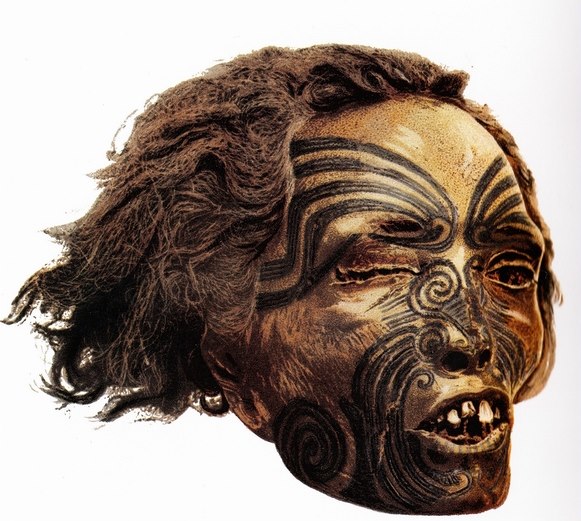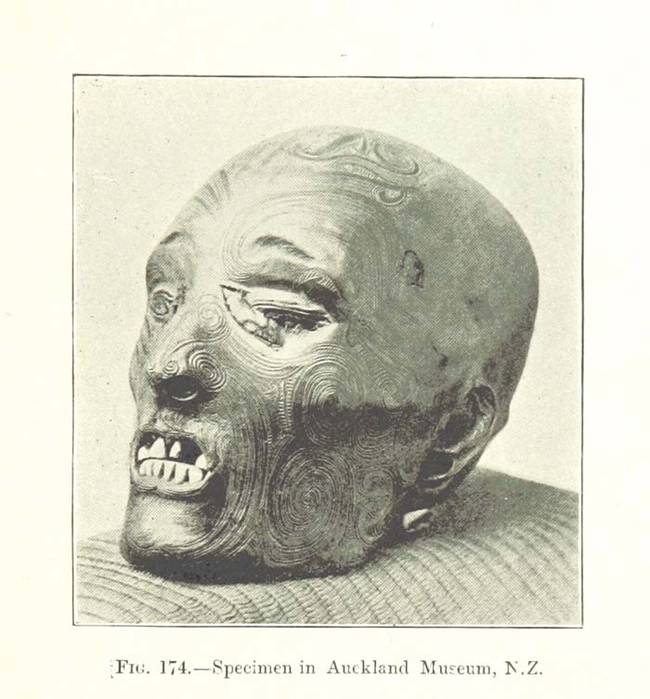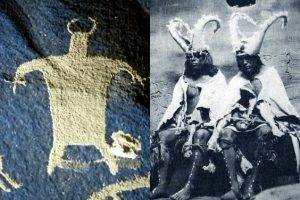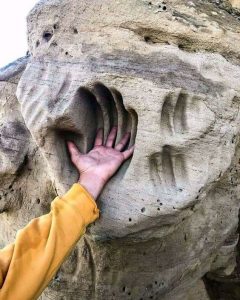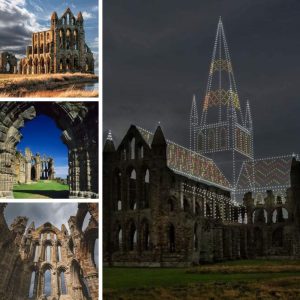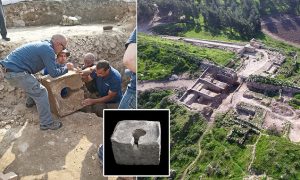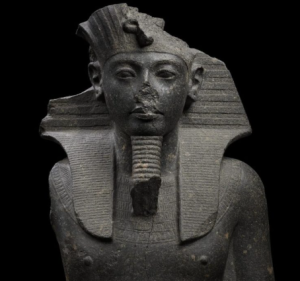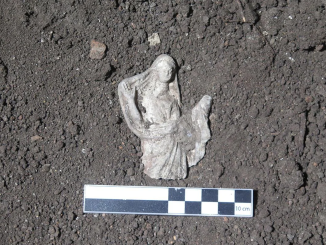One of the most valuable Maori artifacts that survive to this day are Mokomokai – the preserved heads of people with Moko. Often, the heads were those of family members or important tribe members, and were treated with the utmost respect and brought out on special occasions. But Mokomokai were also made from the heads of enemies and rival chiefs, and were mocked or ransomed to other tribes. They were preserved after decapitation by removing the brain and eyes and sealing the orifices before they were boiled or steamed, and then smoked over a fire and left out to dry in the sun. The result is a mummified head with the moko beautifully preserved.

In the 1700s, after the European invasion of New Zealand, the Mokomokai became important trade items and were seen as highly valuable by the Europeans, who traded muskets with the Maori for their Mokomokai. This spurred the Musket Wars of 1807-1842, where the Maori tribes fought each other with their newly obtained firearms, resulting in casualties of over 18,500. As a result of the wars, the Maori began to produce Mokomokai from the heads of slaves and prisoners of war, sometimes tattooing them after death in order to create items for trade. When New Zealand was declared a British Colony, Mokomokai trade was outlawed, although it continued in places until around 1870. Large collections of Mokomokai were amassed by British subjects like Major-General Horatio Gordon Robley, who eventually sold his collection of heads to the American Museum of Natural History in New York.
Now there is some dispute about whether many of the Mokomokai in museums around the world were in fact stolen by British settlers, and the Maori are asking for the heads to be repatriated for burial. Like many of the artifacts of indigenous people, the Mokomokai are the spoils of the so-called victors, and no longer reside in their original communities but in glass cases on display across the oceans from them. Check out a collection of these Mokomokai below…
